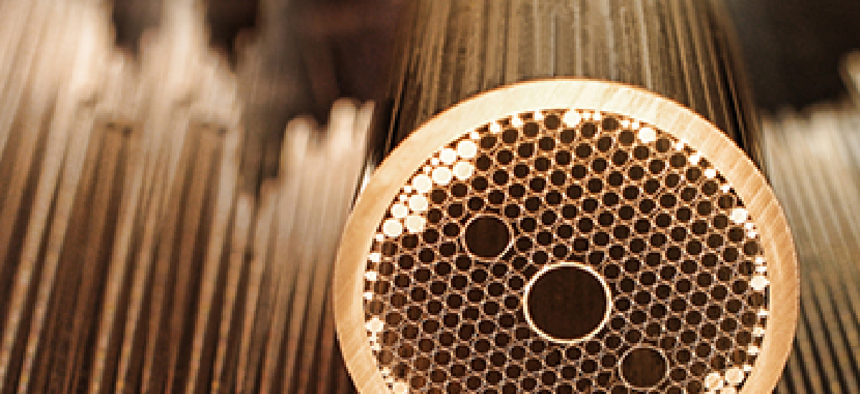Can dark fiber help secure the energy grid?

Sen. Bill Cassidy is interested in the possibility of legislation to support an isolated networks that can conceal and protect the electric grid.

A senator on the Energy and Natural Resources Committee is intrigued by the prospect of tapping dark fiber to conceal critical infrastructure networks from adversaries.
Sen. Bill Cassidy (R-La.) asked at an Oct. 26 hearing if the nation's power utilities were capable of implementing a darknet layer if Congress were to pass legislation and redirect funding toward the technology.
The darknet isn't a single network, but refers to networks that are separate from the public internet and run on "dark" or unused fiber-optic infrastructure that does not carry public traffic and only operates with specific software, which can make intruders easier to detect.
The concern on Capitol Hill comes on the heels of a dire report from the Department of Homeland Security warning that critical infrastructure in the U.S. is being bombarded by cyber attacks from highly sophisticated sources.
Richard Raines, director of the Electrical and Electronics Systems Research Division for Oak Ridge National Laboratory at the Department of Energy, told the committee the department is currently evaluating 100,000 miles of existing fiber-optic cables to find excess capacity, but that the technology is sufficiently mature to begin implementation.
Duncan Earl, president and CTO for Qubitekk, said more federal dollars are probably needed before any significant pivot could take place.
"The [State Energy Data Systems program] within DOE is doing a great job, but they don't have a large enough budget really to take on darknet yet. So at least from my perspective, increasing funding for that program is an excellent thing to do right away."
However, Earl cautioned that even if work began today, full-scale implementation might take five to 10 years. The longer the nation waits, he said, the greater the chance that malicious cyber actors will develop new capabilities.
"If you think of where hackers were 10 years ago and think about where they're going to be 10 years from now, that's where the urgency is really coming from. We really have got to get ahead of this," Earl said.
NEXT STORY: Acting DOD tech chief tapped for DHS CIO post


